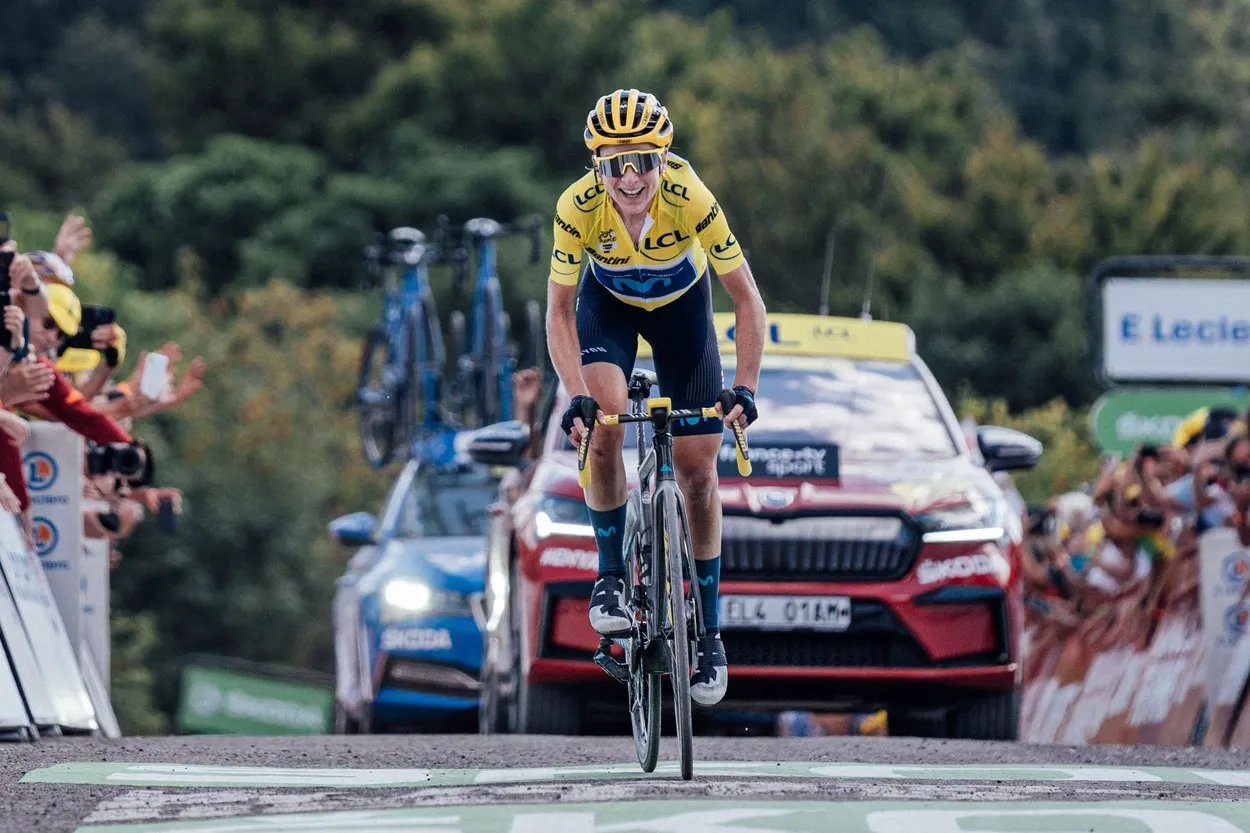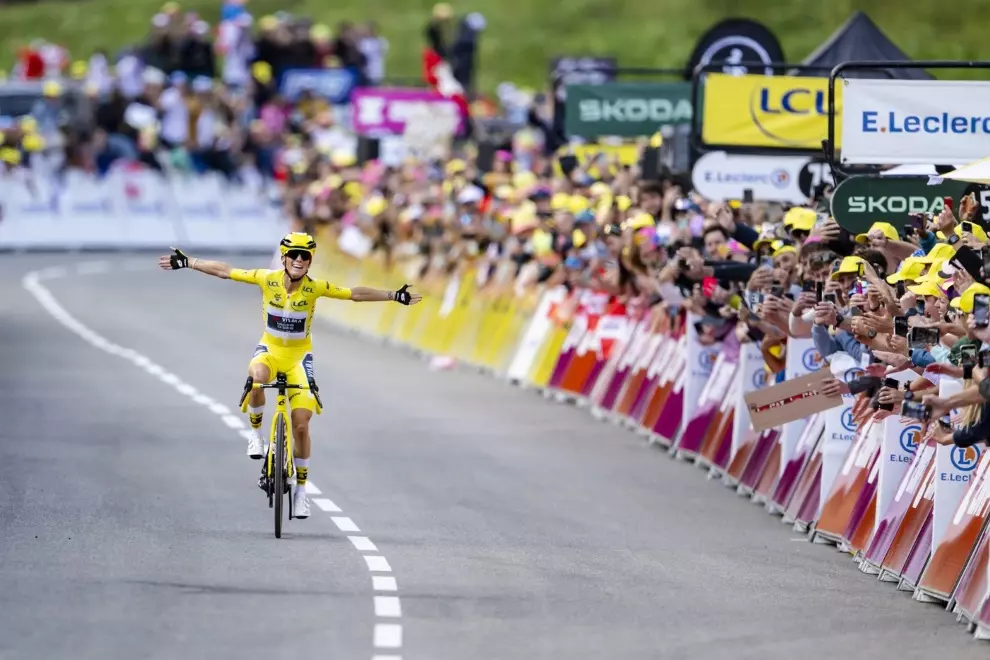On the back of this year’s hugely successful Tour de France Femmes avec Zwift, race director Marion Rousse delivered more good news as she unveiled an even tougher 956km route for the race’s second edition. The stand-out stages come on the final weekend, with the penultimate day seeing a summit finish on the legendary Col du Tourmalet, followed by a time trial in and around Pau for the closing stage. As we said—there’s plenty to be excited about! Let’s dig into some more of the details.
A bold new beginning
As was the case this year, the event will be eight days long—but otherwise, we are dealing with a whole new beast. Notably, the Grand Départ will say goodbye to the French capital and the hustle and bustle of its circuits (and the fanfare of the concluding men’s race) and begin in an all-new location in 2023.
This time, the racing will get started in the Massif Central, in the city of Clermont-Ferrand, the capital of the Auvergne region. The race will begin with a flat lap of the town, where the first yellow jersey of the race will be awarded. Clermont-Ferrand will then host the départ for the second stage, with riders taking to a rolling course en route to Mauriac. Day two will feature over 2,500m of climbing.
The starting place of the race is worth dwelling on, though. Last year’s race began in Paris, the peloton racing before the men who were riding their final stage 21 along the Champs-Élysées circuits. This decision was undoubtedly strategic, ensuring the women’s peloton would naturally receive more exposure at the roadside and in the media. The decision to let the women strike out on their own shows that the organisers believe their race has the legs to stand independently.
“This route is different. We want to explore new regions and tackle other mountain ranges. There are some similarities, too, as we built this on a robust framework using the same key ingredients that made it a success last summer,” said Tour de France race director Christian Prudhomme.
Teams add a rider
In 2023, the race will be contested by 22 teams of seven riders, rather than the six-strong line-ups we saw vying for the yellow jersey back in July.
Commenting on rumours that the teams would be increased to seven prior to the big reveal, Rousse has this to say—“Maybe it’s better to have seven riders so teams can control the race better. We will work closely with the teams; we want their opinion. In women’s cycling, we have come far; it’s important to take good decisions at the right moment.”

At the time, DSM team manager Albert Timmer noted that he was in support of the idea and “would encourage it.” He went on to say, “For this year’s Tour, we have six girls with one GC leader and one leader for the sprints, a lot of the girls are really versatile, they can do a lot of things, but one extra can really make a difference in the way you plan your tactics and in case somebody has to leave the race.”
Indeed, it will be interesting to see how the change in numbers impacts the decisions teams make come race time.
It features the longest stage in women’s WorldTour history
Day three will feature the peloton riding through the Dordogne. It will have its finale in Montignac-Lascaux and should be a bunch sprint. Day four, meanwhile, brings a 177km stage — the longest in women’s WorldTour history — and will take place between Cahors and Rodez. This one will also offer up an explosive finale after what will already have been a very hilly stage. The hilltop finish will see 570 meters at 10%.
The women will tackle the Pyrenees
When last year’s inaugural Tour de France Femmes route was revealed, there was some swift and animated criticism lamenting the fact that it didn’t feature any of the country’s legendary climbs. Although the race was nevertheless a success, it seems like Rousse and her team were aware that fans wanted to see those ascents happen. Whatever the reasoning, they’ve confirmed that the 2023 race will be heading straight into the heart of the Pyrenees.
From the start of stage 6 in Lannemezan, the peloton will head south to cross the Col d’Aspin before taking on the eastern flank of the Col du Tourmalet from Sainte-Marie-de-Campan. The 90-kilometre stage will begin with the ascent of the Col d’Aspin to warm things, before kicking things into overdrive for a challenging summit finish at the Col du Tourmalet. Standing at 2,115m altitude, the Tourmalet will mark the race’s highest ascent to date, reaching well above last year’s 1,193m Col du Platzerwasel.
Tour de France Femmes will conclude with its first individual time trial
And, in another concession that the riders have been asking for, the 2023 Tour de France Femmes will conclude with its first individual time trial—a 22km lap of Pau. Known as the race of truth, the addition of a time trial is another sign that the organisers have faith in the women’s ability to pull an audience. Although usually less popular with fans, this unique form of racing tends to reveal the strengths and weaknesses of all cyclists and should make for a powerful finish to the event.
All in all, this is a wildly challenging course with a little bit of something for everyone. Annemiek van Vleuten won the 1st edition of the Tour de France Femmes ahead of Demi Vollering and Katarzyna Niewiadoma. And, although it is too early to start placing bets for who will win next year, you can guarantee that a course like this will yield some surprises along with a few standout performances.
The eight-stage race will run from 23 July to 30 July 2023.




